The Colosseum, built in the first century AD, is one of the most iconic and best-surviving structures of ancient Rome, a monument to the architecture and engineering of mankind...
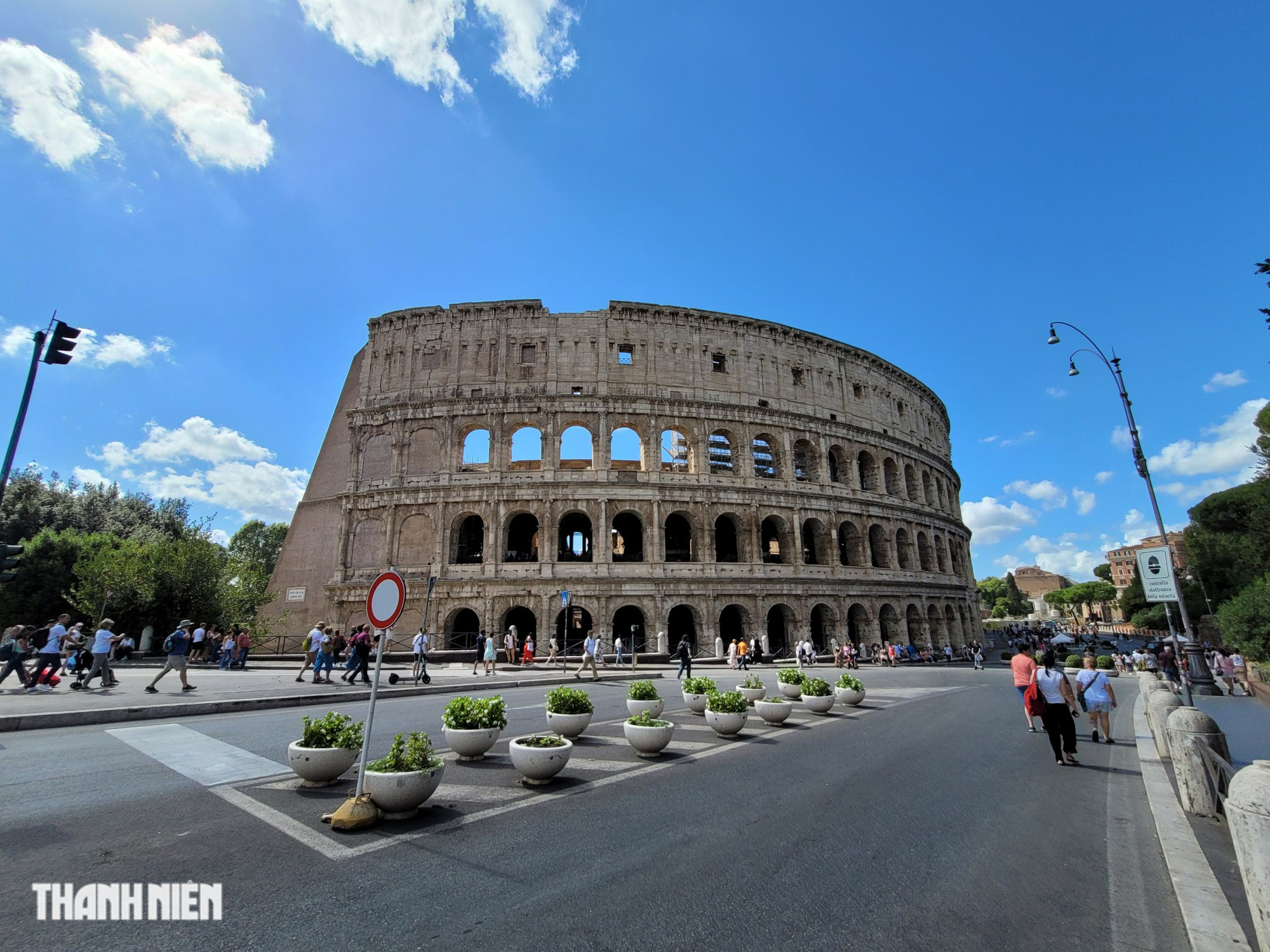
After the pandemic, tourists returned to visit the Roman arena in larger numbers but without the long lines waiting to get inside.
After Vespasian became emperor of Rome in 69 AD, his Flavian dynasty launched a massive construction campaign to restore Rome, which had been ravaged by fire, plague, and civil war. During his 27-year reign, the Flavians renovated buildings and monuments throughout the city. In 70 AD, Vespasian ordered the construction of a new amphitheater in the center of the city, which opened 10 years later as a political symbol of the city's revival - the Colosseum that still stands today.
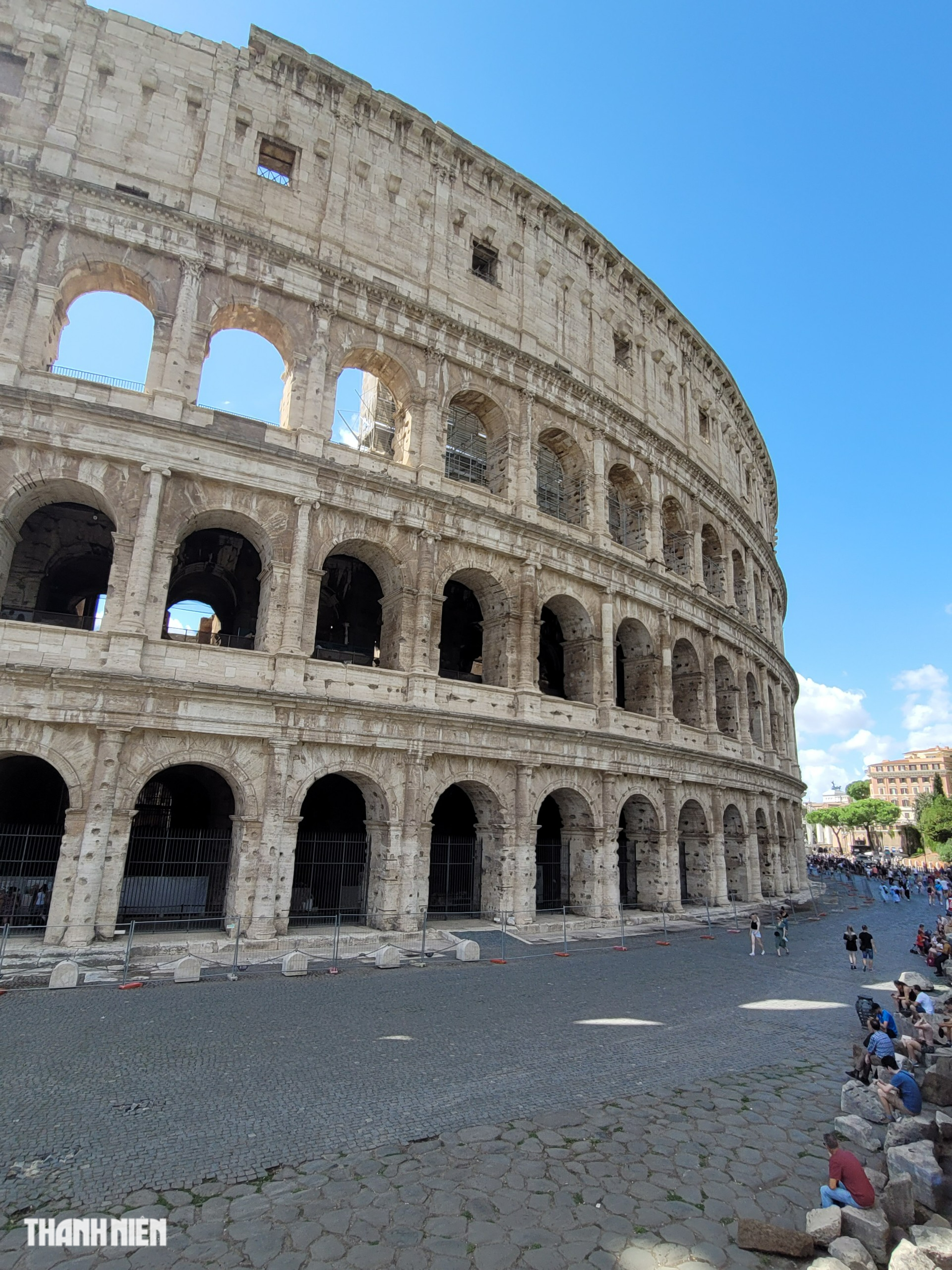
The Colosseum is the largest and most complex architectural and engineering marvel of the ancient world. Made primarily of concrete, millions of blocks of travertine and marble..., the Roman Colosseum is 157 feet high (almost the size of a 15-story building), with an estimated capacity of 50,000 to 80,000 people.
In the Colosseum, social status, wealth, and gender determined seating. The best seats, closest to the arena, were reserved for the emperor and the nobles. Lastly, the citizens of Rome.
To facilitate the orderly flow of people through the building, the architects designed the Colosseum with four entrances for political and religious leaders and 76 entrances for ordinary citizens. Corridors separated social groups from each other, preventing spectators from moving freely through the structure. Although the seating was not equal, the Colosseum's elliptical shape allowed everyone to have a clear view of the arena floor.
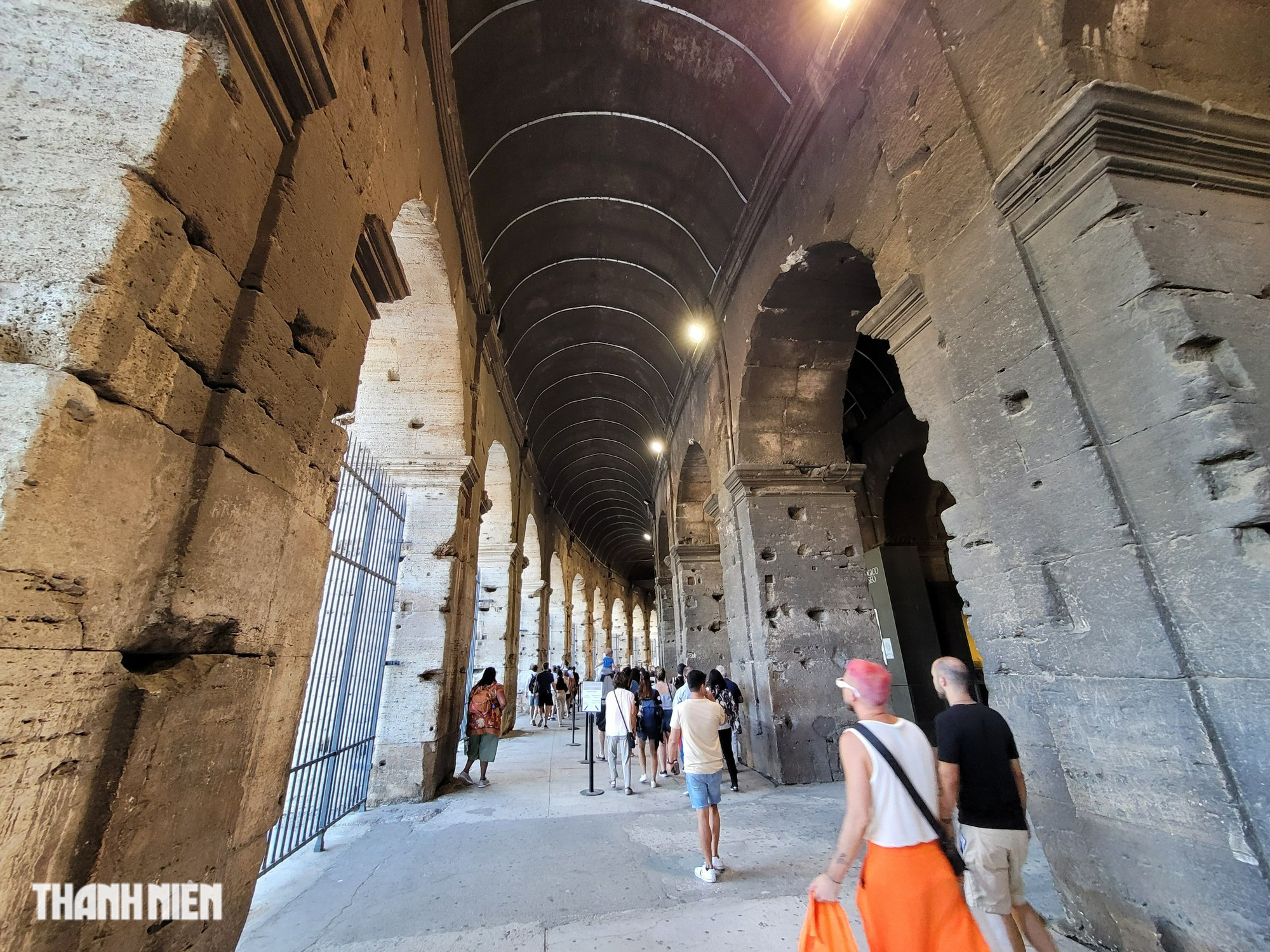
The corridor leading inside the arena has many different doors.
However, the architect of the Colosseum is still unknown, as is the cost. Many scholars believe that the Colosseum was a spoil of war captured by Roman soldiers during the First Roman-Jewish War, which ended in 70 AD.
The legacy of the Roman arena left to modern times is invaluable.
In addition to serving as a “window” into ancient Rome and its social structure, the Colosseum is also the “father” of all modern-day outdoor sports stadiums. The use of the Colosseum’s arches for structural support, its elliptical shape, and the organizational system used to control the entry and exit of fans based on their seating positions are key elements of most modern stadiums.
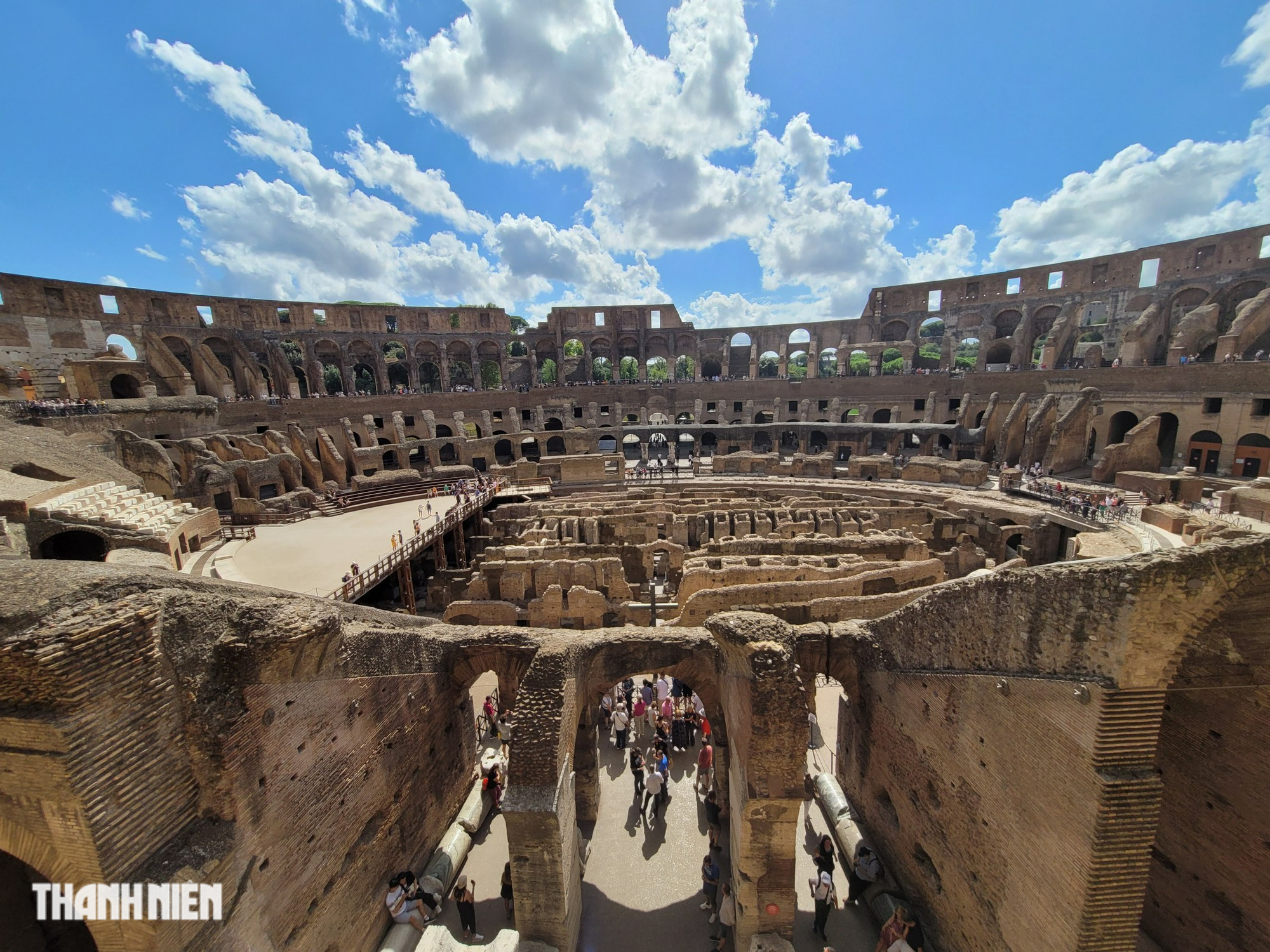
The design of the arena allowed all spectators to clearly observe the arena floor and was modeled after modern stadiums themselves.
The majestic structures of ancient Rome have endured for millennia - a testament to the ingenuity of Roman engineers who perfected the use of concrete.
In many cases, Roman concrete has been shown to last longer than modern concrete, which can deteriorate within decades. Now, scientists behind a study say they have discovered the mysterious ingredient that allowed the Romans to make such a durable building material and construct complex structures in challenging places like harbors, sewers and earthquake zones.
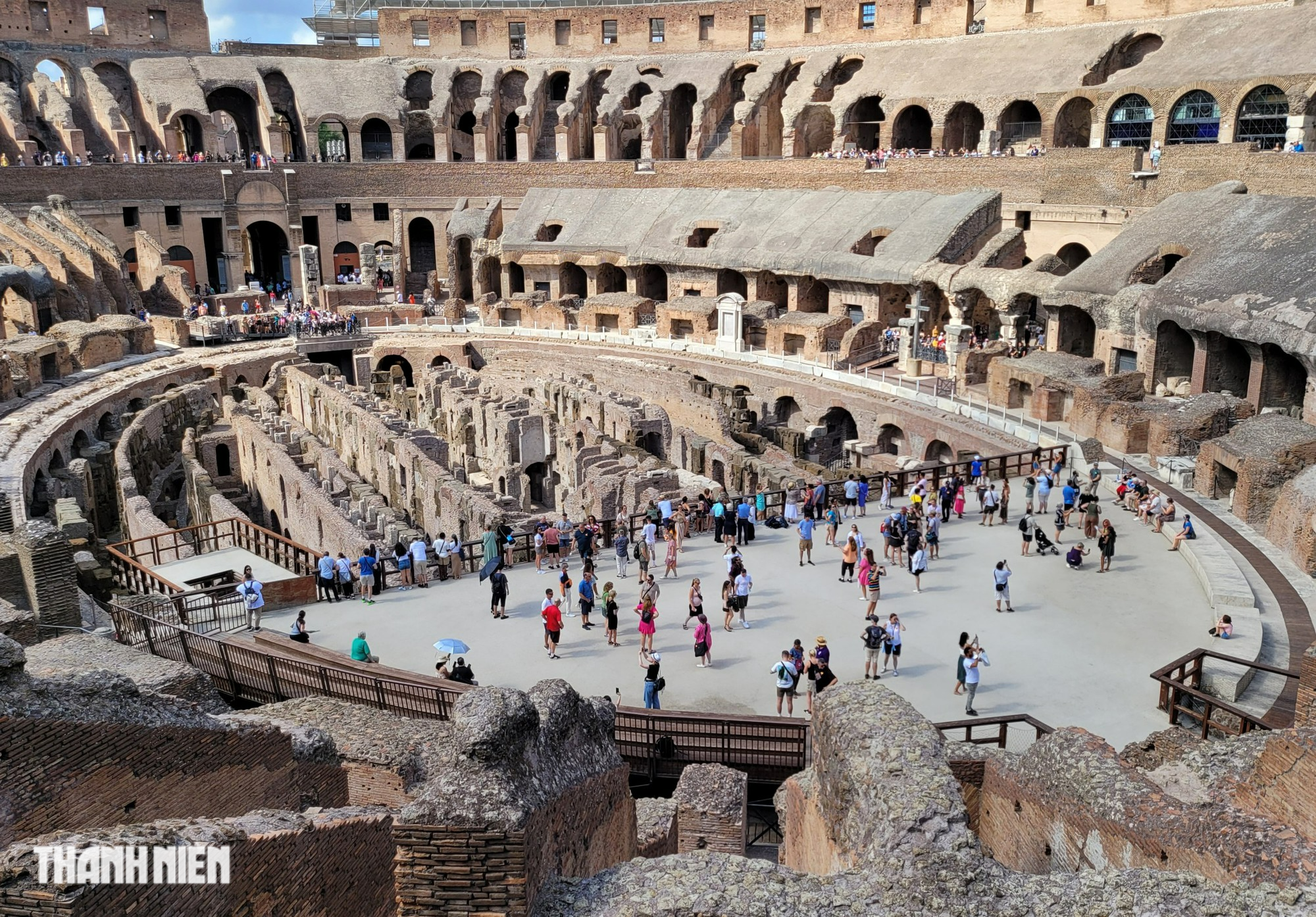
Ancient building materials, especially concrete, surprise modern people.
The team, which included researchers from the US, Italy and Switzerland, analyzed 2,000-year-old concrete samples taken from a city wall at the Privernum archaeological site in central Italy and found to be similar in composition to other concretes found throughout the Roman Empire.
They discovered that white chunks in concrete, called lime, give the concrete the ability to heal cracks that form over time.
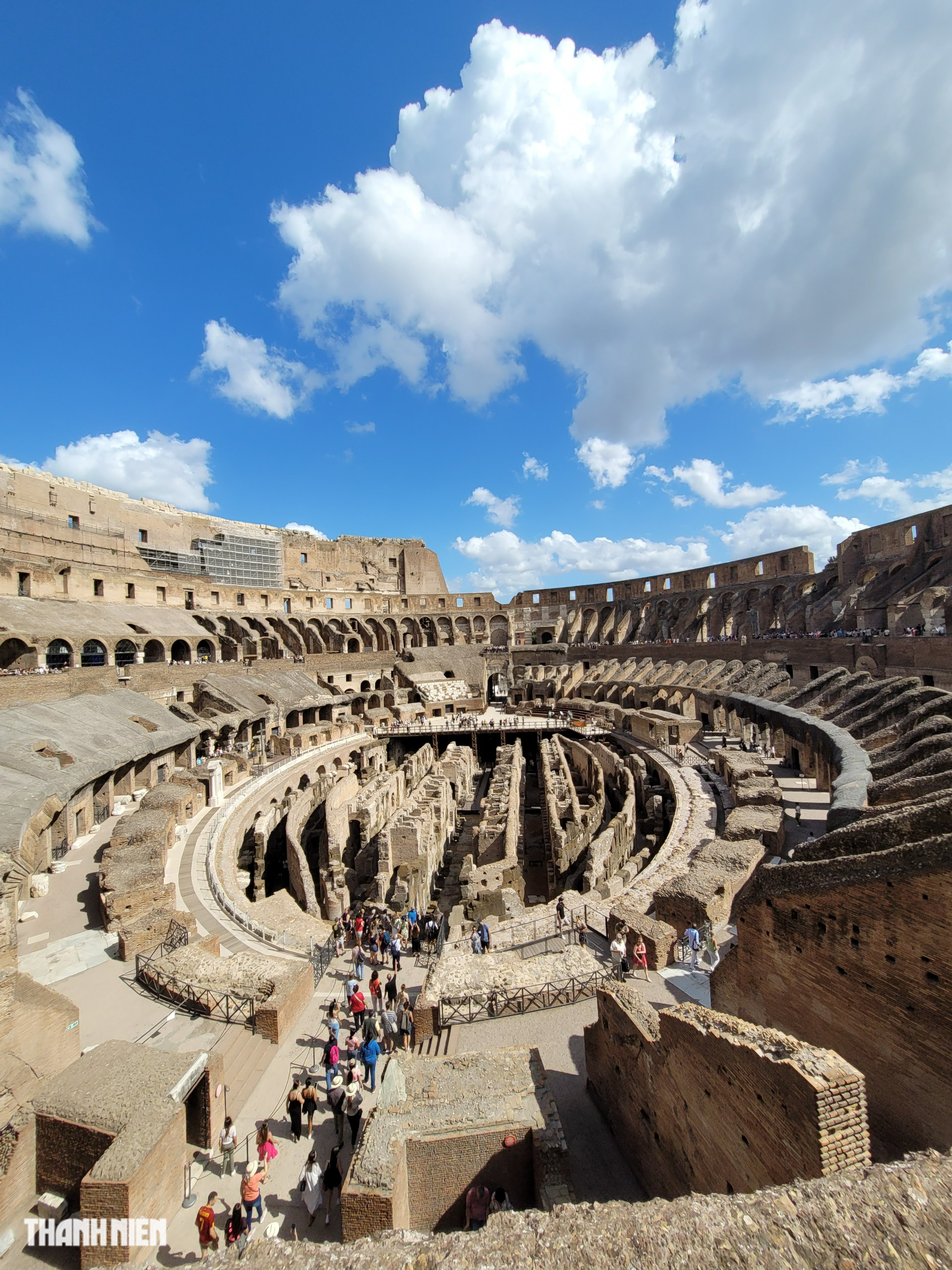
The majesty of the construction 2,000 years ago makes people today overwhelmed
"The researchers wrote down precise formulas and applied them to construction sites across the Roman Empire," study author Admir Masic, an associate professor of civil and environmental engineering at the University of California, told CNN . "Concrete allowed the Romans to have an architectural revolution. And that revolution fundamentally changed the way people lived."
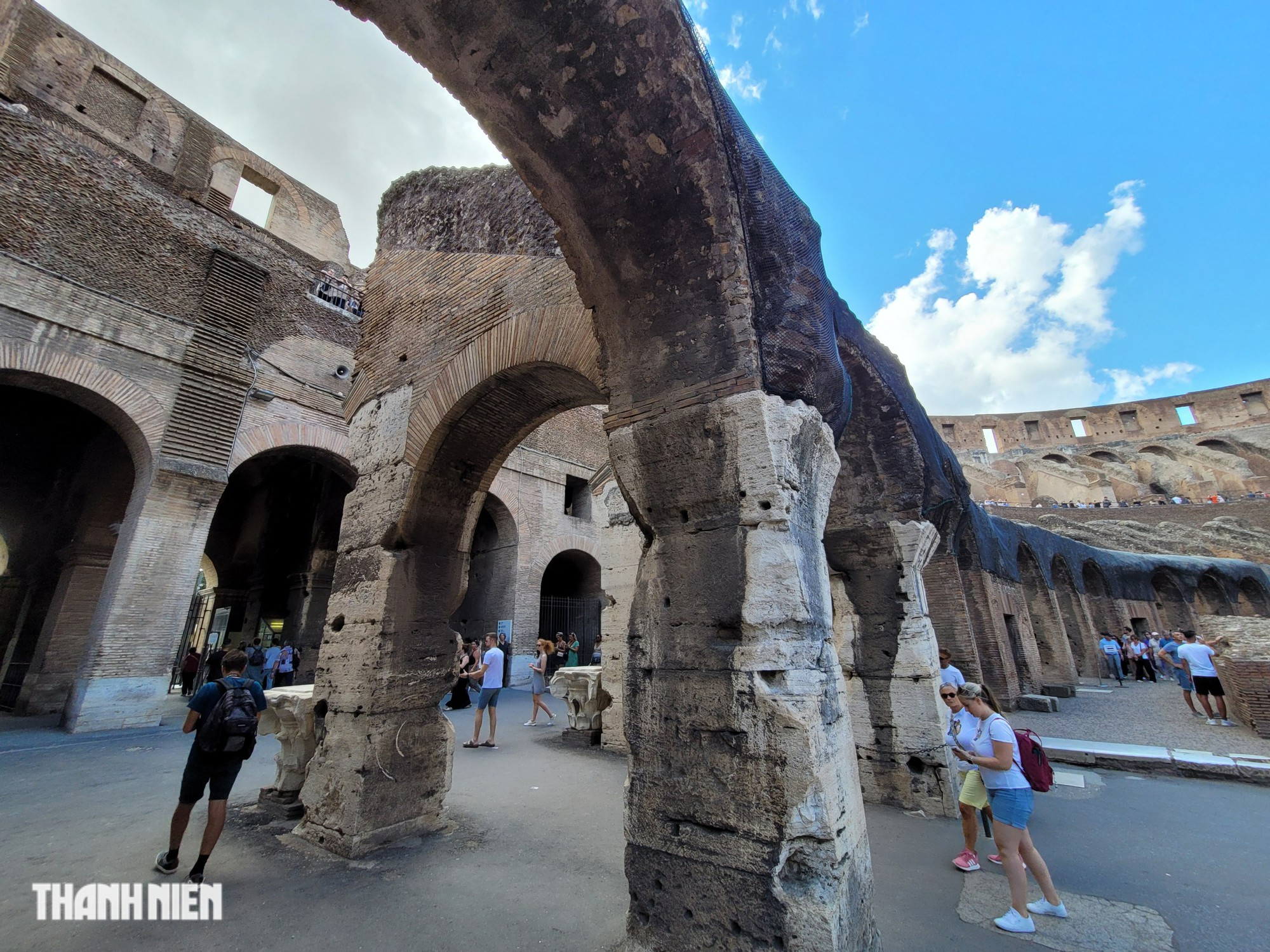
Area above the stands
To investigate whether lime layers were responsible for Roman concrete's apparent self-repairing abilities, the team conducted an experiment.
They made two samples of concrete, one made using the Roman formula and one made using modern standards, and deliberately cracked them. After two weeks, water could not flow through the concrete made using the Roman formula, while it flowed straight through the concrete made without lime.
Their findings show that lime layers can recrystallize after exposure to water, healing weather-induced cracks before they spread. This self-healing potential could pave the way for modern concrete to be made longer-lasting and therefore more sustainable, the researchers say.
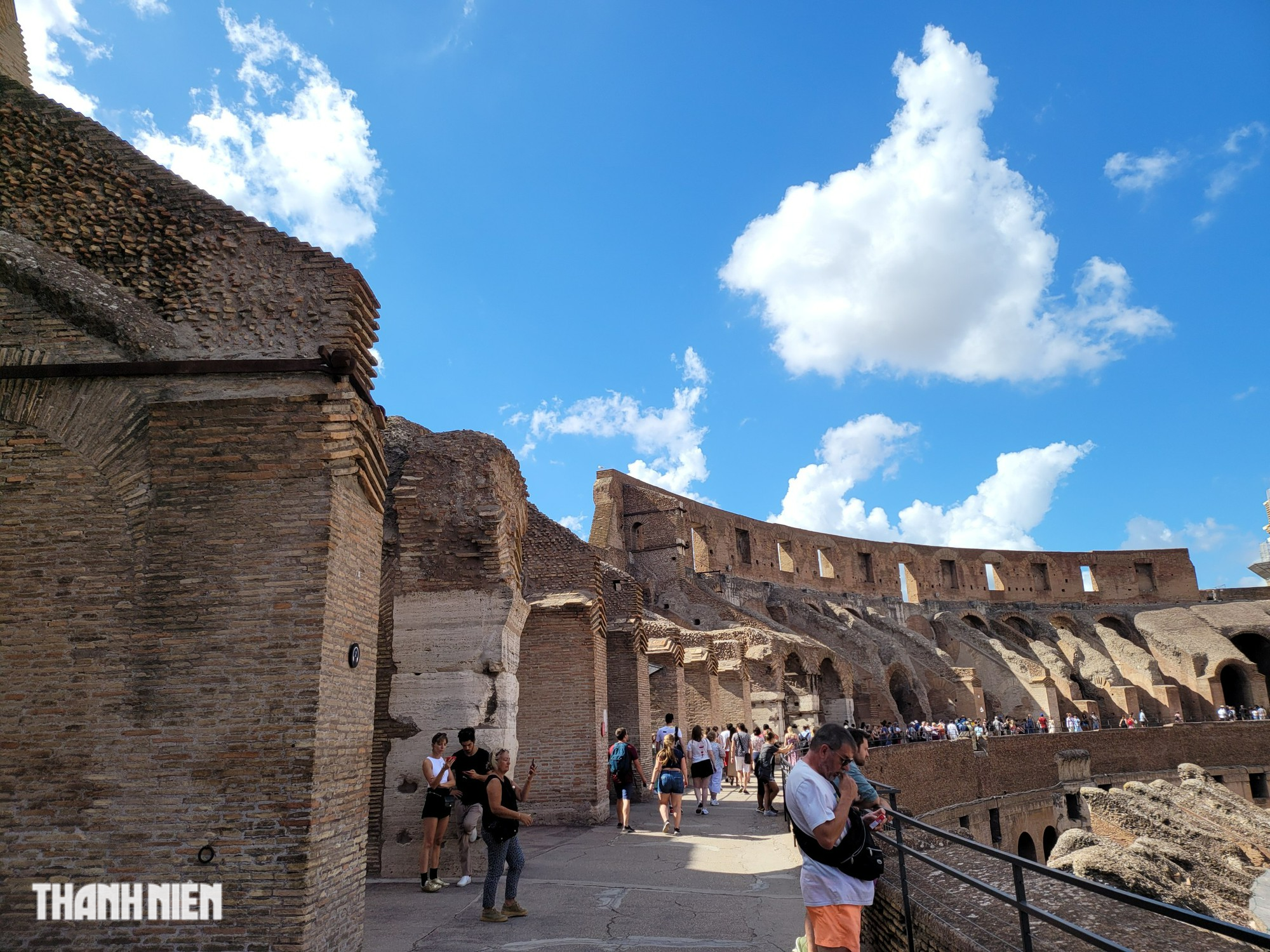
From the stands, visitors look down at the arena.
For many years, researchers have thought that volcanic ash from the Pozzuoli area, on the Bay of Naples, was what made Roman concrete so durable. This ash was transported across the vast Roman empire for construction, and was described by architects and historians at the time as the main ingredient in concrete.
Masic says both of these ingredients are important, but Roman lime research has been overlooked in the past.
Source link




![[Photo] Ha Giang: Many key projects under construction during the holiday season](https://vstatic.vietnam.vn/vietnam/resource/IMAGE/2025/5/1/8b8d87a9bd9b4d279bf5c1f71c030dec)



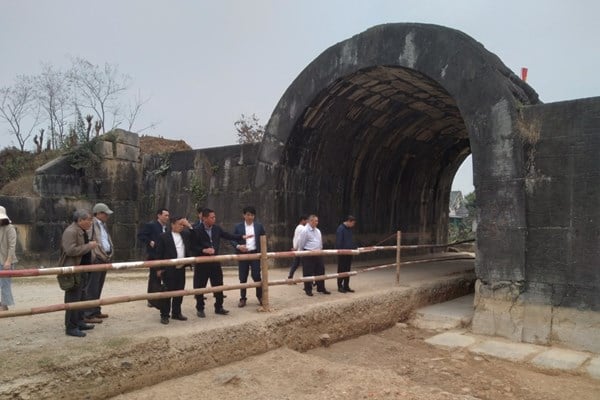





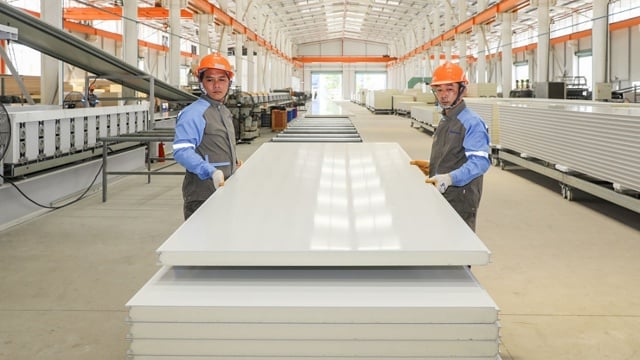

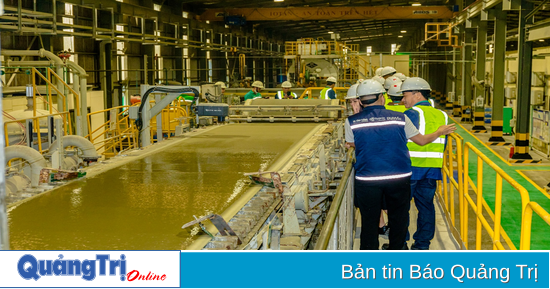


















![[Photo] Binh Thuan organizes many special festivals on the occasion of April 30 and May 1](https://vstatic.vietnam.vn/vietnam/resource/IMAGE/2025/5/1/5180af1d979642468ef6a3a9755d8d51)

![[Photo] Feast your eyes on images of parades and marching groups seen from above](https://vstatic.vietnam.vn/vietnam/resource/IMAGE/2025/4/30/3525302266124e69819126aa93c41092)



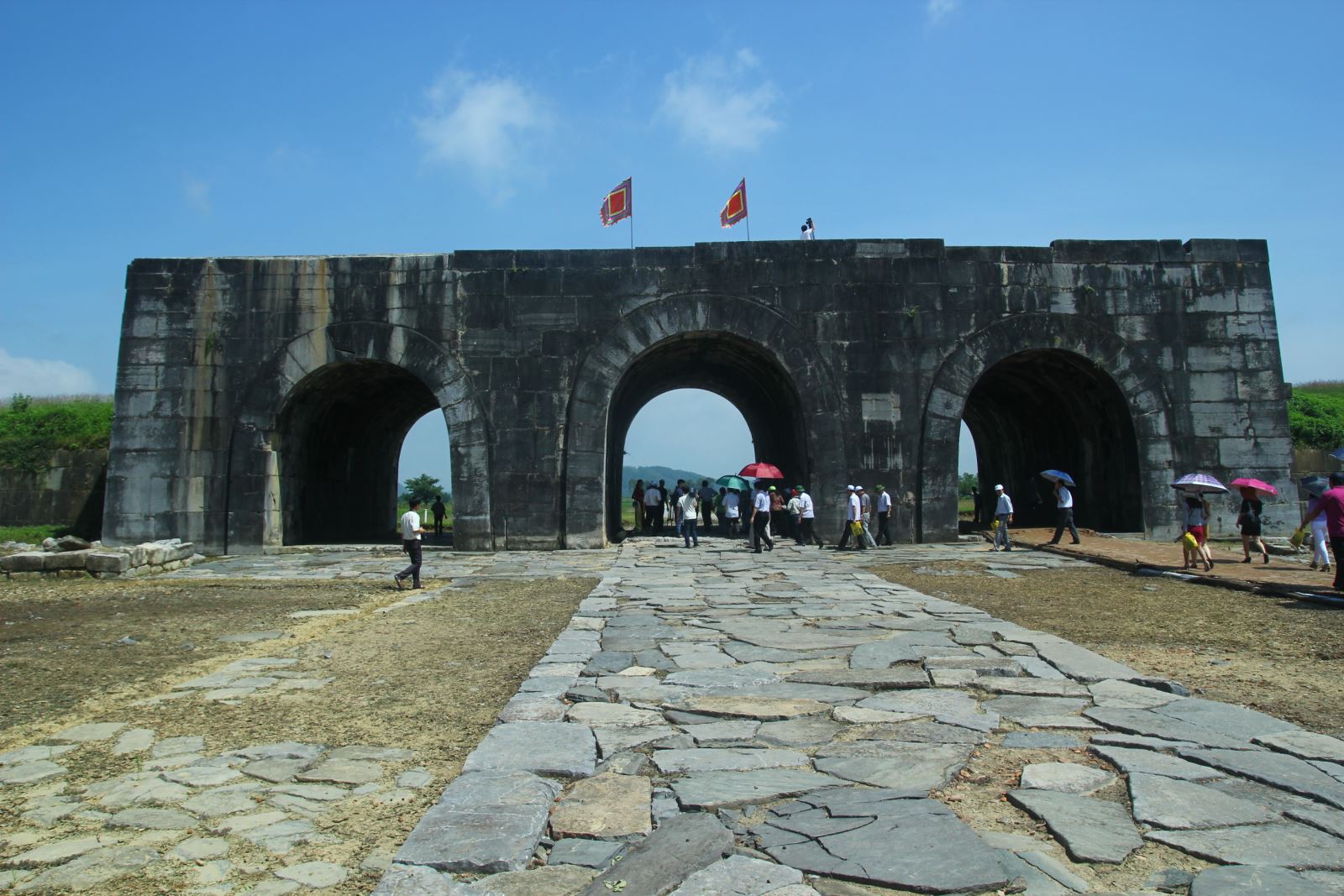




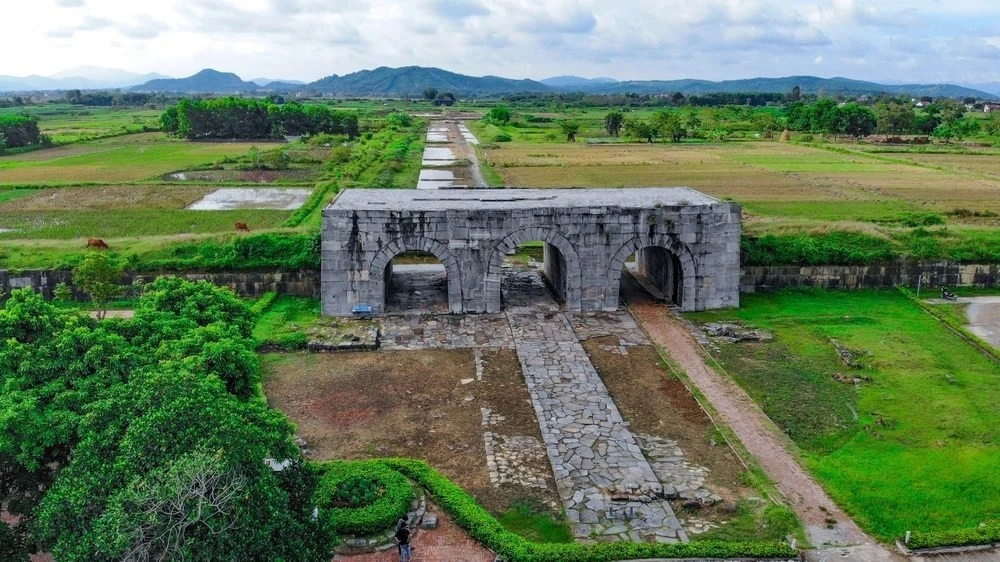






















































Comment (0)